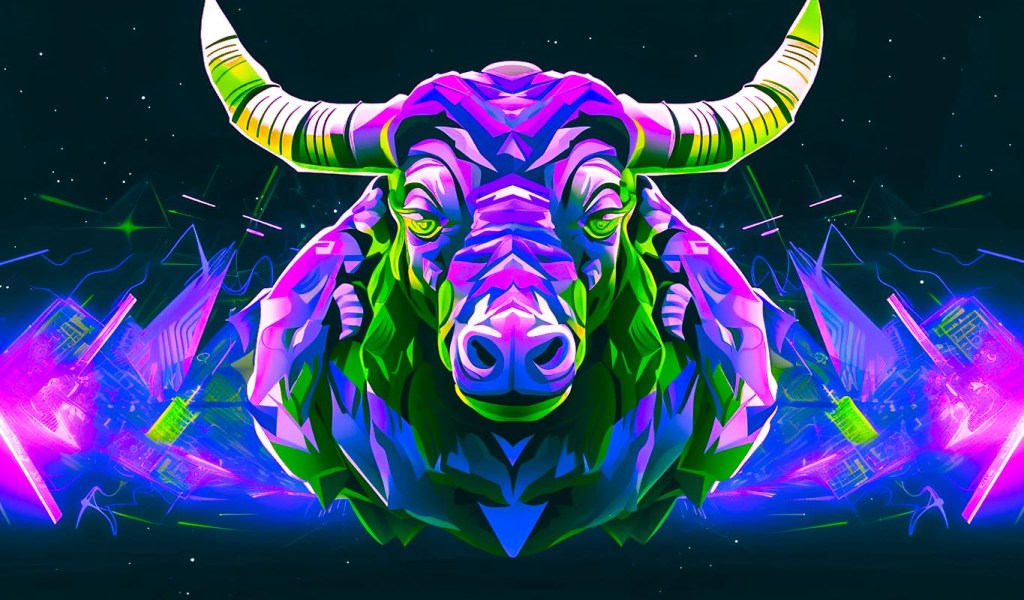
Artificial intelligence is touted to provide a number of benefits to the management of pension funds, according to research from Mercer.
Artificial intelligence could be used by pension funds to cut costs, increase investment returns and highlight possible risks, but there are still “significant challenges to overcome” with its use, says the Mercer CFA Institute global pension report.
On Oct. 17, the annual joint report from the consulting firm and investment professional association marked AI as useful for helping pension fund managers trawl through mass amounts of data that could highlight opportunities and build custom investment portfolios.
“AI will affect the operations of pension systems around the world,” lead author and Mercer senior partner Dr. David Knox wrote. “It has the potential to greatly improve the member experience as well as members’ retirement outcomes.”
Natural language AI tools could also be used by pension funds to analyze their members — scraping data from emails and calls so the fund can personalize its marketing and outreach efforts based on how each individual communicates.
AI-assisted analysis is touted to identify patterns and discover market sentiment and signals to suggest unconventional future investment opportunities.
“This can lead to improved asset allocation and/or better diversification, resulting in higher long term returns and lower volatility.”
AI could also help investors take stock of environmental, social, and governance (ESG) considerations. The technology is also expected to enable automation of middle and back office environments, lowering costs that can narrow differentials between passive and active investment strategies.

AI is also expected to enable the prediction of member behaviour in response to a variety of possible economic and political circumstances that can impact cash flows of a pension fund.
“For example, a stock market crash can lead to members switching to defensive asset classes, whereas a newly elected government may lead to some retirees withdrawing their accrued benefits.”
However, AI tools can generate fake or misleading information and uncertainty around AI use is likely to remain as models are “unlikely to be able to predict market prices with accuracy.”
The report also highlighted the need for “strong defenses against cyberattacks, scammers and other security breaches”
Related: Dev platform Stack Overflow axes 28% of staff as AI competition grows
The author outlines that AI is already being leveraged in investment markets to make decisions based on the analysis of data, reports, risks and market trends. The advent of programmable trading has been in use since the 1980s, with high-frequency trading changing the way in which investments are managed.
Algorithmic trading is reported to contribute to a significant amount of automated trading, contributing up to 73% of United States equity trading in 2018 alone.
Additional reporting by Jesse Coghlan.
Magazine: AI Eye: Real uses for AI in crypto, Google’s GPT-4 rival, AI edge for bad employees











